Curbside True Classic: 1946 Packard Clipper Super – And Why Did Someone Dump Paint On It The Other Night?

It’s mysterious enough that a genuine CCCA-designated classic car suddenly appears curbside in my neighborhood. And not just any true classic, but the immensely desirable and infinitely awesome Clipper Super Coupe, the most powerful and fastest American car of its day. But the mystery deepens: why did its owner try everything possible to keep me from photographing it the day I first found it, and then why did someone deface it by pouring paint over it the very next night?
Before we get started on this strange story, for a frame of reference, here’s how it looked on the day before, when I first drove by.
This Packard is the biggest find of the year so far, rivaling the official CC logomobile, the 1950 Cadillac Series 61 Coupe for top-dog status. But in terms of the human elements connected with each of them, they couldn’t be more different.
Mike, the Caddy’s owner, proudly showed off his pride and joy, took me for a memorable ride, and is now a friend. The guy that presumably owns this Packard threatened me in numerous ways. Bid vibes surrounded him and his car from the minute my eyes laid on him. But it wasn’t just me; someone else must not like him very much either.
I had been tooling down West 24th, scanning the side streets as always, when I saw that big black ass two blocks down. At first I thought it might be a Volvo 544, or a big Olds or Buick from the fastback era. I drove around the block and as I turned onto Taylor, that distinctive Packard Clipper front end came into view.
The 1941 Clipper was a milestone car for Packard, the most handsome and advanced new car of its day. It was a response to Harley Earl’s groundbreaking 1938 Cadillac Sixty Special (top in photo below). The sleek Caddy made quite a splash, and Packard needed to up the ante or fall behind.
In 1940, they hired Dutch Darrin to come up with a quarter-scale clay proposal in ten days(!), which he did, but the design was a bit too progressive for staid old Packard. Darrin’s original design had the front fender flow all the way back, and dropped any hint of running boards. But the quote “success has many fathers while failure is an orphan” applies all too well here; there is endless controversy over the Clipper’s true patrimony, which also involves Briggs Body, Packard chief designer Werner Gubitz’ team, George Walker, Alex Tremulis and whoever else wants or deserves a cut of the credit. We’ll leave that endless debate to others. Clearly, a healthy dose of typical Darrin taste and flair survived, including his hallmark touches which reappeared in more modern form in the 1947 Kaiser and Frazer.
The Clipper appeared as a four door sedan only in 1941, riding on the 127″ wheelbase of the senior Packard, and initially used the 120’s 282 CID (4620 cc) straight eight engine. It was actually wider than it was tall, which was highly unusual, and at least as pioneering a design as Earl’s Caddy, if not more so. And thanks to a positive reception, Packard quickly adopted Clipper styling across the board for 1942. Only one big problem: WW II.
Arriving just some six months before Pearl Harbor, the Clippers were on the market barely a year before production ceased. This would have consequences in 1948, when Packard face-lifted ( body-bulged, more accurately) the Clipper to go against the all-new 1948 Cadillac. We covered that painful part of Packard’s history and demise in our other Packard CC, the 1951 200 here, so let’s just dwell on this long-hooded elegant beast here.
As mentioned earlier, this is a CCCA recognized true classic, of which very few post-war cars qualify. It applies only to the two top-line 1946-47 Packards; this Super and the more lavishly-trimmed Custom Super, in recognition of these cars being carry-overs from the pre-war era as. Maybe it’s also because of the powerplant. The Supers for 1946 and 1947 were endowed with Packard’s ultimate straight eight, the 356 cubic inch mammoth that was introduced in 1940, and was the final and finest expression of the genre.
This giant slab of engine weighs some one thousand pounds. The crankshaft, which swings a mean 4.63″ stroke, alone weighs 105 pounds. Supported by nine main bearings, it is virtually impossible to tell that these engines are running, unbeaten in the “balance a quarter on its side on a running engine block” trick ( see video here). That half ton of engine represents one full quarter of the weight of this Coupe, which at 4,000 lbs is not all that hefty for today’s standards.
With 165 hp and enough tug-boat torque to start off in top gear, the big eight outclassed all its competition in power as well as refinement. One hundred mph plus was genuine and effortless. The Clipper Super offered the kind of refined speed that the Bentley R-Type Continental became famous for a few years later.
Enough for the historical preamble: I parked my old Ford truck and greeted the owner, who was just headed toward his house. I’m always eager to introduce my self and explain my intentions, even when its not necessary for a car parked on the street. And I’ve always gotten a friendly response, especially with the more exotic and unusual cars. One of the few paybacks of owning an old or unusual car is getting some love and attention. Not this guy.
He had a sour look to start with, and instantly started yelling at me insisting that I can’t photograph his Packard. He made a cryptic remark along the lines of “I’ve had enough problems with this car, and it won’t be here much longer”. I tried in vain to reason with him and explained that I have every right to shoot it sitting on a public road, but he started jumping in between me and the car, and threatening to call the the police. That was an empty threat, but he became more agitated and aggressive, so I let it go for now.
I drove by a couple of hours later, and grabbed a few quick shots from my car before he came running out the door. I figured I would let him simmer down overnight, and walked over the next day. What the hell! That very night, someone had come by and dumped white paint all over that black Packard’s long tapering roof. Or was it a giant bird? This time the owner was not sitting by the window waiting for me; the curtain was drawn, and there was no response. I got my shots, and left the poor thing sitting in the drizzle, with paint dripping down its flanks.
Who knows what that was all about, but it certainly wasn’t random vandalism. That very rarely happens around here anyway, and this car was clearly targeted. The owner’s extreme agitation and paranoia the day before made it obvious that there were “issues” surrounding this car.
It’s still sitting there, forlorn like a black rock the sea gulls have adopted. Undoubtedly, this Clipper has a future brighter than its current state. These are very desirable cars, for obvious reasons. I’m still getting over having found my second genuine CC Packard within a dozen blocks of my house. What’s next; a CC Duesenberg with patina? And I’m trying hard to get the Clipper out of my head; not only wondering what happened to it, but imagining tooling this majestic coupe down the McKenzie highway on a warm summer night, and opening the cutout on the exhaust. Nothing quite beats the sound of a big honking Packard straight eight (listen for yourself here and here). And although I like my cars rough and ratty, a little scrubbing might be called for.
My guess as to what happened: this Packard has obviously spent a very long time in a barn or shed, from the look of the rotted tires. Perhaps the current buyer made a deal with the former owner that somebody else isn’t any too happy about; possibly another buyer, or a family member of the former owner. What’s yours?

More by Paul Niedermeyer
Latest Car Reviews
Read moreLatest Product Reviews
Read moreRecent Comments
- Dave M. Always thought these were a great design, timeless in fact. But as a former Volvo owner who was bled to death by constant repairs starting around 40k miles, run far far away
- MrIcky no
- Keith_93 I've rented both in the past few months. The RAV4 was OK, but the CX5 is wayyyy more civilized. Mazda really impressed me, impressive car on the highway. Simply a well thought out and pleasant drive.
- AZFelix "I must not fear. Fear is the mind killer..."I will adorn the many surfaces of my car with 'do not enter' and 'stop' signs."Where the fear has gone there will be nothing. Only I will remain."
- Ajla Ajla, the head of the "ajla is cool" awareness organization, believes that ajla is cool.


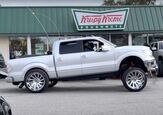
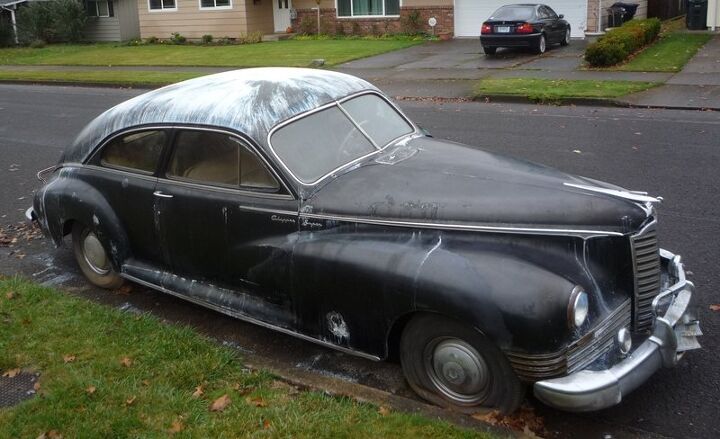

























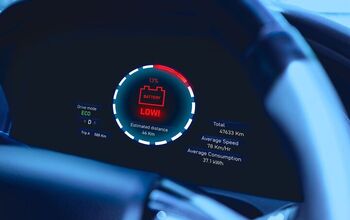

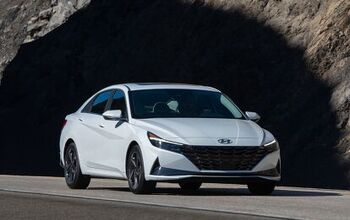
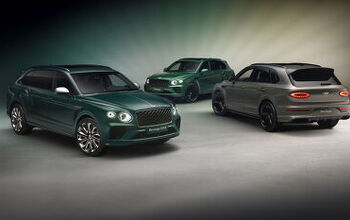

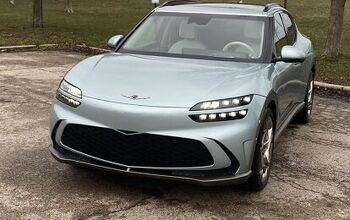
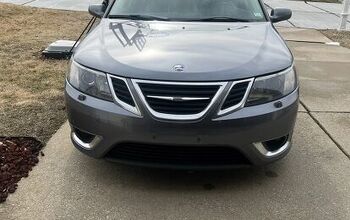
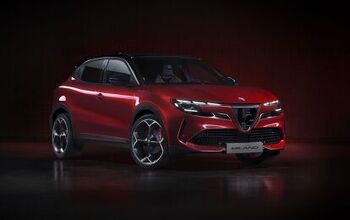

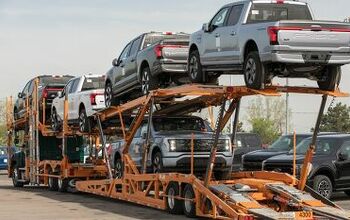
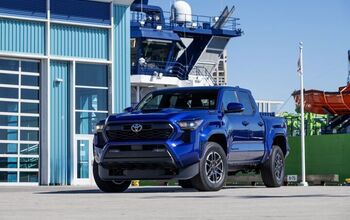

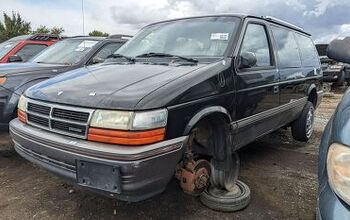
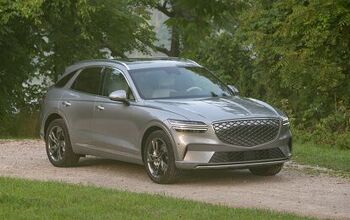
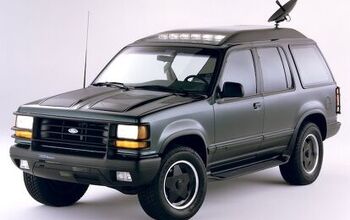
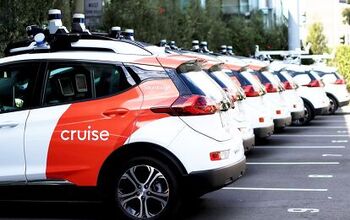

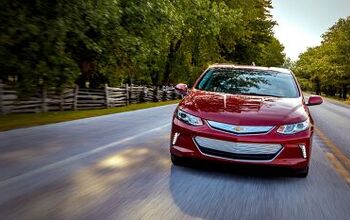
Comments
Join the conversation
Found Dr. Niedermeyer's swell site whilst Googling 1941-47 Packard Clippers and had to thank you for getting the gist of this august car-- Paul's historical accuracy, evenhanded perspective as rare these days as the pictured survivor. A good site attracting appreciative motorheads, witnessed by the many thoughtful comments above. Also enjoyed Dr. Carpenter's above consideration of what Packard might've done in the '50s in a parallel universe. Interesting. Of course, even had Packard not failed to groom new mgmt. and continued too long with their smooth, dependable L-head eights, NO independent could get unit costs and tool amorization down to GM/Ford levels, or afford expensive TV advertising and annual styling changes. By 1954, there was only a "Big Two" as Chrysler's market share had fallen to 12.9%. Remember, all Cadillacs were downsized for 1936, becoming from then on "junior" cars, sharing components with lesser GMobiles. A '41 Cad conv., for example, shares every piece of sheet metal with a '41 Pontiac drophead. Rolls-Royce was from 1935-on chiefly an aero engine manufacturer, the cars a boutique sideline, after the war bodies stamped by Austin supplier Pressed Steel of Cowley. The "small horsepower" junior R-R 20 introduced in 1922 was along the lines of the 1920 Buick 6, tho' in the words of an English motoring writer of the era, "....not so good." It was the basis for all R-R and R-R Bentleys except the limited-production Phantoms 'til R-R finally offered a V-8 in 1959, whose chief engineer, inebriated at its debut, blurted out, "....it's bloody near as good as the Chrysler." R-R copied Packard's Safe-t-fleX IFS bolt for bolt after WWII. R-R's Silver Cloud and concurrent Bentley S-series introduced autumn, 1955 look like razor-edged 1941 Packard Clippers with curved, one-piece windshields. W.O. Bentley, Ettore Bugatti, Enzo Ferrari openly respected Packard. Count Felice Trossi, millionaire in dollars and pounds, not just lire, who raced and commissioned custom Mercedes, Alfa-Romeo, Maserati, and won the 1947 Italian Grand Prix, '48 Swiss GP, as the Italian representative for Packard in Italy, owned a '46 Clipper like the down at the heels survivor Paul profiles above. If you doubt Dutch Darrin's paternity claims, superimpose his 1940 Packard Darrin Sport Sedan over a 1941 Clipper. Not much chance of all that Masonic Packard boardroom, Detroit Athletic Club ego admitting their big production hit of the '40s was by a rake who courted showgirls and was brought from Paris to Hollywood by Darryl F.Zanuck's assurances that the polo was good. Pardon this ramble, but Paul's gem and perspective was a welcome surprise to my once in blue moon search for intelligent life in the ethernet. Missed an episode of Highway Patrol on one of the Valley stations i have to use rabbit ears and a convertor box to get to post this. But it was worth it. Many thanks for getting it right. Broderick Crawford solved anything with a roadblock.
Was this the car that featured in a youtube story in 2009? http://youtu.be/_VbSK-4OlVk